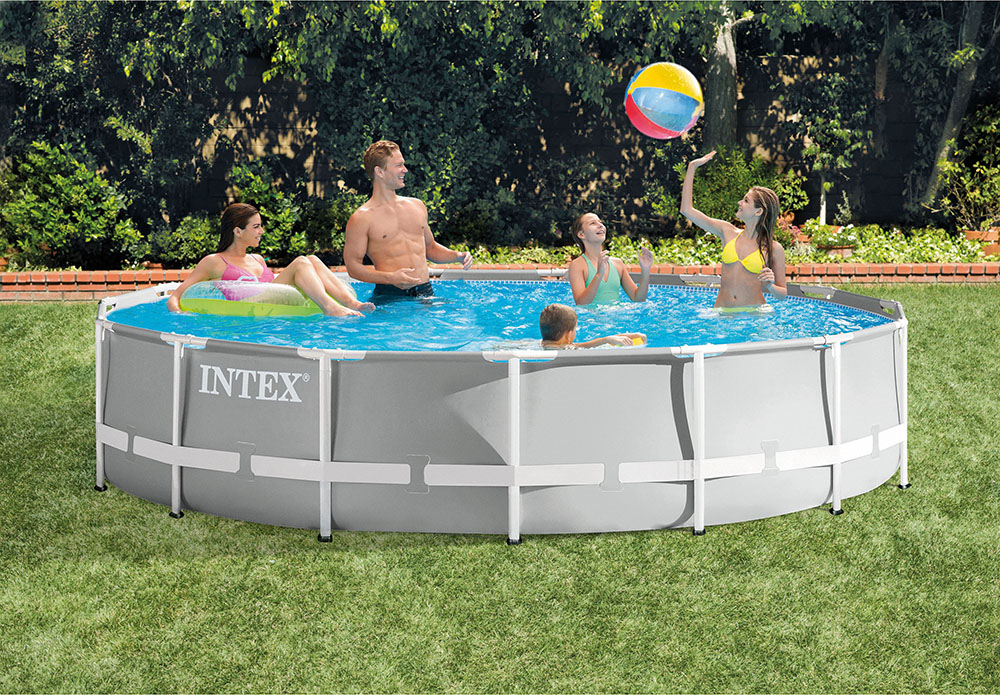Sparkling Pool Cleaning: Advanced Techniques
페이지 정보
작성자 AA 작성일25-09-12 00:13 (수정:25-09-12 00:13)관련링크
본문
Maintaining a pristine swimming pool is more than just a weekly rinse and a quick brush. Modern technology and chemistry provide tools to create showroom‑quality water while using less effort and fewer chemicals. Below you’ll find a step‑by‑step guide to the most effective advanced cleaning methods that will keep your pool crystal clear, safe, and inviting.

1. AUTOMATED SKIMMING AND FILTRATION
• Use a high‑capacity electric skimmer that automatically pulls surface debris and airborne particles into the filtration system.
• Pair the skimmer with a high‑flow, multi‑stage filtration system: start with a fine sand filter, followed by an activated carbon cartridge that removes chlorine off‑taste and organic compounds, and finish with a diatomaceous earth (DE) filter for the ultimate micron‑level clarity.
• Set the skimmer to operate during peak wind hours; this keeps leaves and dust from sinking to the bottom where they become harder to remove.
2. UV and Ozone Power
• UV sterilizers treat the water as it passes through a chamber of ultraviolet light, eliminating bacteria, algae spores, and viruses without the need for chemicals.
• Ozone generators inject ozone gas directly into the pool, where ozone oxidises rapidly, breaking down organic waste and neutralising chlorine demand.
• Combine UV and ozone for a synergistic effect: UV tackles microorganisms, while ozone addresses turbidity and organic load.
• Keep the UV lamps clean and replace them every 12–18 months to maintain maximum output.
3. SMART WATER QUALITY MONITORING
• Use a real‑time sensor network to track pH, total dissolved solids, free chlorine, and ORP (oxidation‑reduction potential).
• Utilise a smart controller that automatically adjusts chemical feed (chlorine tablets, pH increasers, or reducers) according to sensor data.
• Set up smartphone notifications for any parameter that drifts outside the optimal range (pH 7.2‑7.6, free chlorine 1.0‑3.0 ppm, ORP > 650 mV).
4. Enzyme‑Based Biofilm Breakdown
• Apply a high‑concentration enzyme‑based cleaner that targets biofilms—tiny bacterial mats that cling to the surface and walls of the pool.
• Enzymes degrade the organic matrix, freeing trapped debris and letting the filtration system capture it more efficiently.
• Apply it monthly as part of routine maintenance, especially after heavy rain or extended inactivity.
5. Cleaning Filling & Outlet Seals
• Employ a specialized brush and a low‑pH cleaning solution to scrub rubber seals around skimmers, return jets, and water level sensors.
• Replace cracked or worn seals with a silicone‑based sealant rated for pool use.
• Maintaining closed seals keeps back‑flow and contamination at bay, keeping the water clearer for longer.
6. HIGH‑EFFICIENCY HEAT EXCHANGERS
• Set up a condensing heat exchanger that recovers heat from the pool’s exhaust air and heats the incoming fill water.
• Maintaining a stable temperature slows organic material breakdown, lowering the filtration load.
• Energy savings also mean you can run the filtration system longer without penalty.
7. Shock & Algae Management
• Shock the pool zum aufstellen winterfest weekly using calcium‑hypochlorite or potassium‑peroxide to control chlorine demand.
• Combine each shock with a green algaecide that eliminates algae spores before they establish.
• Ensure a 24–48 hour wait after shocking before allowing swimmers to avoid irritation.
8. Tailored Water Chemistry
• Analyze your water for hardness, alkalinity, and calcium levels every two weeks.
• Set calcium hardness to 200‑250 ppm to prevent scaling on surfaces and equipment.
• Keep total alkalinity within 80‑120 ppm to stabilize pH and protect the pool finish.
• Use a buffering agent like sodium bicarbonate to adjust pH precisely without overshooting.
9. Automated Feeding Systems
• Install a dose‑based dosing system that adds chlorine, bromine, or other sanitizers in precise amounts.
• Schedule dosing during low‑usage periods to prevent peaks that could cloud water.
• Monitor dose via a real‑time indicator; a sudden spike will cause the system to shut down automatically, preventing over‑chlorination.
10. Educating Users & Habits
• Recommend swimmers shower before entering to lower oils, lotions, and sweat that cloud the water.
• Provide hand and foot washing stations at the pool’s entrance.
• Display clear signage that explains why swimmers shouldn’t ingest pool water and how hygiene maintains quality.
CHECKLIST FOR IMPLEMENTATION
- Upgrade to a multi‑stage filtration system (sand → cartridge → DE).
- Deploy UV and ozone units and integrate them with a smart controller.
- Install sensors and configure smartphone monitoring.
- Apply enzyme cleaner monthly.
- Seal all fittings and replace any cracked seals.
- Run a high‑efficiency heat exchanger.
- Shock weekly and add algaecide.
- Analyze water chemistry twice a month and adjust.
- Deploy automated dosing.
- Educate swimmers about hygiene.
댓글목록
등록된 댓글이 없습니다.

